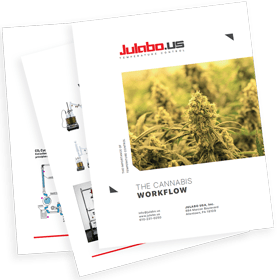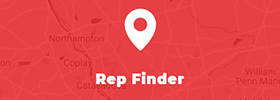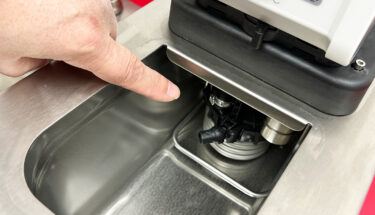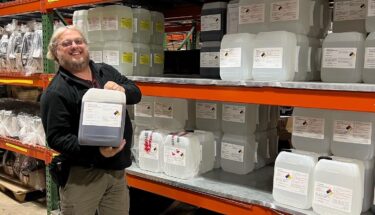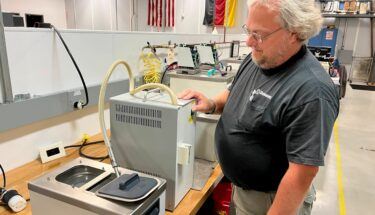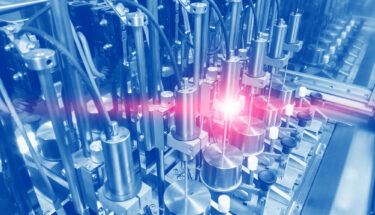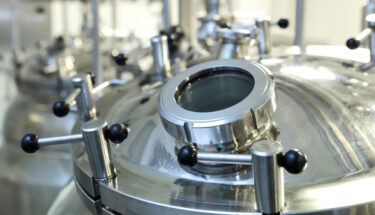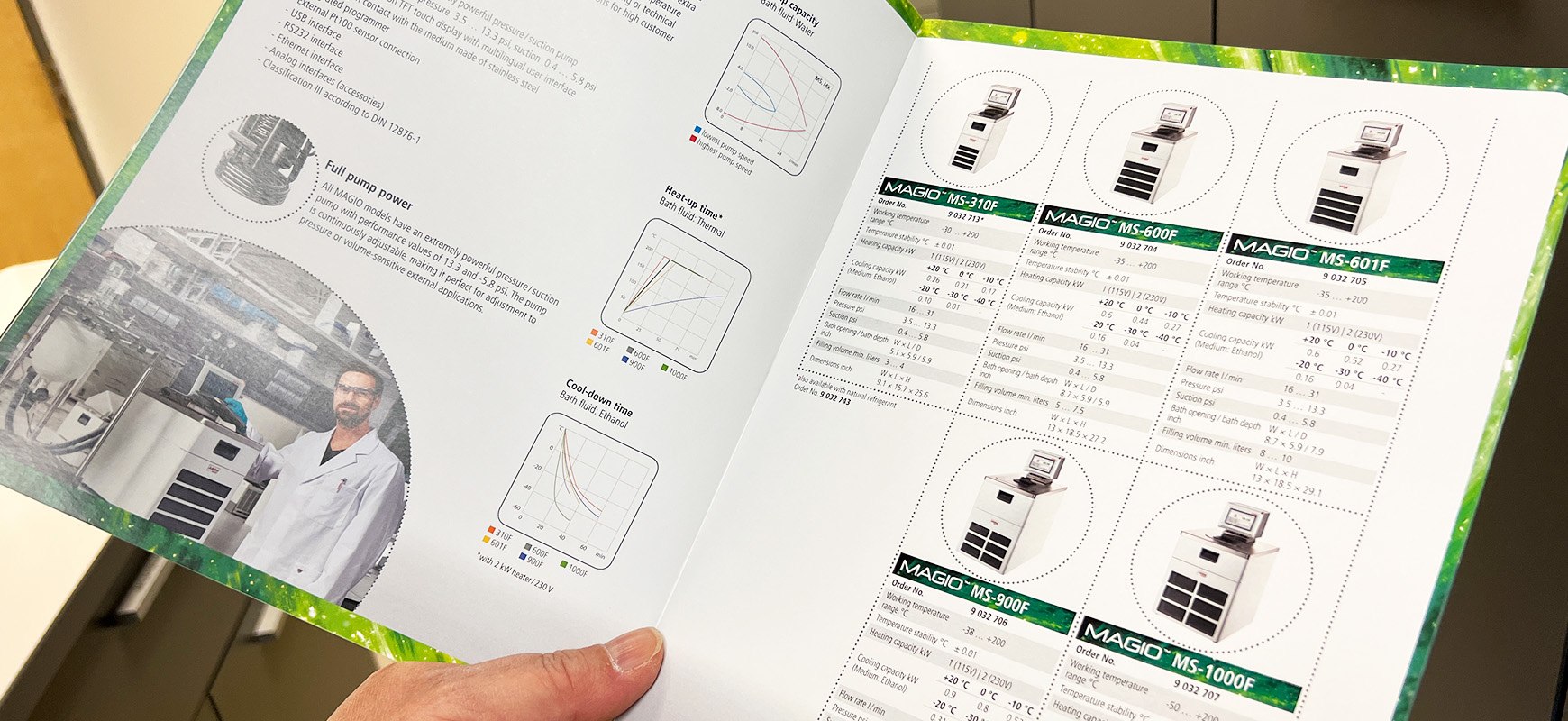
How do I read laboratory circulator specifications?
So, you’re looking for equipment to help you heat or cool an application, and you’ve landed on a few product pages only to discover a whole lot of measurements, specifications, and other product information. How do you make sense of all these specifications and information? As a manufacturer of refrigerated circulators, heating circulators, and other laboratory equipment, we’re here to shed some light on the sometimes confusing world of temperature specifications. In this article, we’ll review the specs you need to pay attention to when choosing a laboratory circulator to heat or cool your application.
Why Specs Matter
Many laboratory applications require liquid temperature control units to heat or cool processes and samples. Your production, research, and development depend on these temperature applications. You need to know that the temperature control unit you select will be able to heat and cool your process to the set point and that the measurements will be accurate and reproducible. Undersizing a unit can lead to downtimes, inaccuracies, and even failures. The secret to whether a unit can power your application lies within the specifications and how to read them. So, let’s start with some basics.
The Basics
Temperature control units (TCUs) have a stated operating temperature range and a stated capacity. Let’s review these individually.
Operating Range
The operating range indicates the TCU’s temperature limits. The stated operating range does not convey if the TCU has an integrated heater, refrigeration system, or both. You’ll usually see a high-temperature range and a low-temperature range to indicate the top and bottom operating temperatures.
Capacity
The capacity equals the TCU’s heating and cooling power. Some units may only be able to heat, some may only be able to cool, while others are able to heat or cool. The outlined heating and cooling capacities will let you know which functions the TCU can perform and the power (usually in kilowatts) for those functions. For cooling capacities, you’ll want to look at the cooling power at various temperatures as cooling power/capacities decrease as temperatures drop.
Specifications Guidelines for Heating Circulators
Many of JULABO’s heating circulators have an operating range of +20…+200 °C and a heating power of 1kW or 2kW. While these measurements will tell you the basic heating power and temperature range, you’ll want to keep in mind that it takes a lot of time to cool down from high temperatures.
If you want to speed up the cooling process, you’ll want to look for a TCU with “active cooling.” The active cooling feature can help you bring your TCU back down to ambient temperature and get it ready for the next application. If cooling is a concern, we are happy to consult with you to find exactly what you need to streamline your applications. We also have units with 3kW of power and those that can accommodate an additional booster heater to provide even greater heating flexibility for different applications.
Heating circulators list the heating capacity across the entire operating range, meaning the heating power will be the same at +60°C as at +160°C. Let’s take a look at some general specification reading for heating-only circulators:
- 115V: 1kW heater – this means that a 115-volt unit will provide 1kW of heating power across the temperature range
- 208-230V/20A: 1.6 – 2kW or 2.5 – 3kW heaters; this specification shows the range of heating capacity based on the power voltage.
- 208-230V/3-phase power requirement: >3kW heating capacity; this reading indicates that the unit requires 3-phase power. With the boost in voltage comes a boost in heating capacity.
Here’s another important tip when considering heating circulator specifications. If you have a high-temperature set point, look for a heating circulator with a range and capability greater than the set point. For example, if you have an application requiring 150 °C, then a heating circulator with an upper limit greater than 150 °C will work best for the application.
Specification Guidelines for Refrigerated Circulators
Chillers can show a broad operating range such as -25…+40 °C. Given that the unit has a capability above room temperature might lead one to believe that it can ‘heat’. However, you’ll want to pay close attention to the specifications, as a TCU will list heating power separately if it has an integrated heater. In the case of JULABO chillers, they can use the refrigerant hot-gas bypass to achieve set points above room temperature. This will not be listed as “heating capacity,” as it’s not effectively the same function.
When it comes to refrigerated chillers, it’s always good to remember that heating is easy, and cooling is difficult. Remember that the heating capacity remains the same across the entire unit operating range. However, for refrigeration, the effective cooling power drops off at lower temperatures.
For TCUs with refrigeration, the specifications will state the cooling capacities at different temperatures across the operating range. JULABO units list the main cooling power specification at 20 °C according to DIN 12876 standards.
Example: the FL20006 recirculating chiller has an operating range of -25…+40 °C. This unit has no integrated heater, therefore, no heating capacity specification. The cooling capacity values with ethanol as the heat transfer fluid appear as such:
| °C | 20 | 10 | 0 | -10 | -20 |
| Capacity kW | 20 | 15 | 10 | 7 | 3 |
Refrigerated/Heating Circulators
TCUs with integrated heating and cooling capabilities will list the heating and cooling capacities of the unit separately. Remember – heating power remains constant across the unit operating range. As an example, here are the specifications for the PRESTO A45t with an operating range of -45°C to +250 °C.
Heating capacity at 230V/3PPE/60Hz: 10kW
Cooling Capacity:
| °C | 200 | 20 | 0 | -10 | -20 | -30 | -40 |
| Capacity kW | 3.4 | 3.5 | 3.1 | 2.5 | 1.8 | 0.7 | 0.2 |
Conclusion
TCU capabilities vary widely to meet customer demands. While it’s critical to understand temperature ranges, whether your unit can heat, cool, or both, and how much heating and cooling power are available, there are a lot of other factors and specifications to consider. You’ll want to know what type of fluids you can use, the pump capacity flow rate, pump capacity flow pressure, and other specifications. To ensure you get a circulator or temperature control unit that will work for your application, it’s best to consult with a representative directly. By contacting your local JULABO account manager, you’ll be sure that every angle of your application is considered prior to making a product recommendation.

